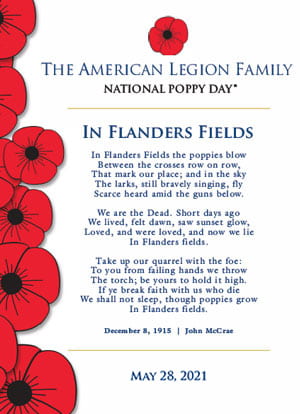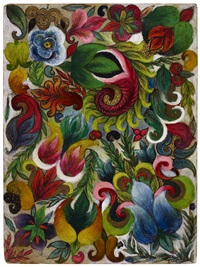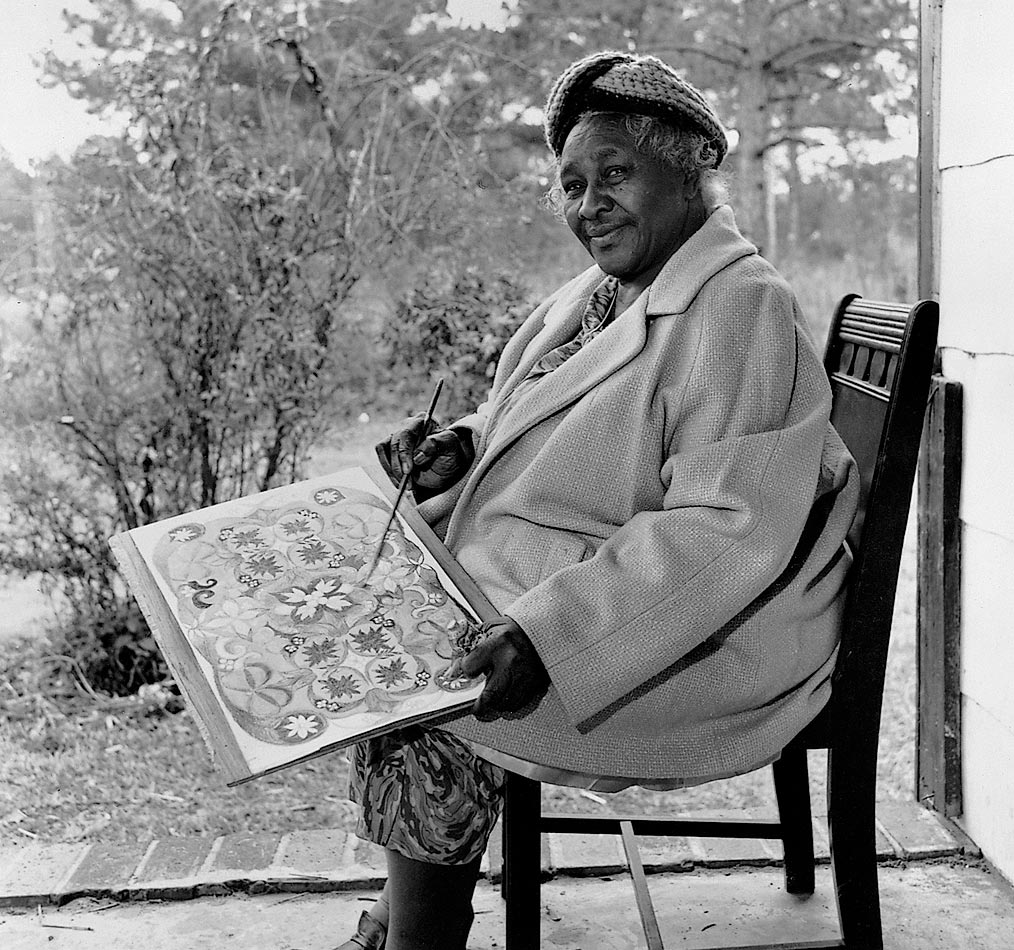Reflection on Patriot Day, 2024 and the Healing Impact of Artwork
“The most important factor influencing learning is what the learner already knows.” ~Dr. David Ausubel
Diaries, Journals, notes, and transcripts are linguistic artifacts of reflection. These archival artifacts help us to retrace our thoughts and actions (Button, 2023). Diaries, Journals, notes, and transcripts are linguistic artifacts of reflection. These archival artifacts help us to retrace our thoughts and actions (Button, 2023).
Artwork in all media formats is another pivotal act of reflection. “In times of emotional unrest, children often express themselves through art,” (9/11 Museum, 2023). There were 72 million children, most who experienced indirectly the events and trauma of September 11, 2001 (Del Rosario, 2021).
Hope Buzzelli, who was born just two months after September 11, 2001, is the daughter of Pasquale Buzzelli, the structural engineer who was found alive on top of the rubble and ashes of the fallen Twin Towers (Hasson, 2017; History Channel, 2021). Pasquale Buzzelli was trapped inside the north tower of the World Trade Centre as it collapsed, and he fell 18 floors to the ground and was rescued alive and barely injured (60 Minutes Australia, 2021).
Hope, like so many of the children who survived and observed expressed her emotions, memories, and thoughts through art. Today, as a young adult, Buzzelli’s artwork is her emotive outpouring and her vocation as an artist in New York. She still paints wearing the sweatshirt from Ladder 20 FDNY.
Creating and representing events, thoughts, and recollections through artwork is an important expressive and psychological benefit (Malchiodi, 2003; 2018; 2020. Visual renderings stimulate two to three times as much narrative than just talking alone (Gross & Haynes, 1998). A visual collection of 75 renderings by children ages five to eighteen was the result of a collaboration by the New York University Child Study Center and the Museum of the City of New York. In 2002, this artwork was collected in the book “The Day Our World Changed” by Harry Abrams. The Day Our World Changed is on sale through traditional booksellers. This book is also available for reading without charge at the Open Library, a section of the Internet Archive. https://archive.org/details/dayourworldchang00good/page/38/mode/2up?view=theater
For Personal Reflection- only if appropriate and not trauma-inducing for you: Please take a few moments or many minutes to digitally click through the page of artwork contained in the online book, The Day Our World Changed.
References
60 Minutes Australia (2021). 9/11 survivor remembers the horrific terror attacks 20 years later | 60 Minutes Australia. [Video File.]. YouTube. https://www.youtube.com/watch?v=rRpzOaFmUQM
Abrams, H. (2002). The day our world changed. Open Library. https://archive.org/details/dayourworldchang00good/page/38/mode/2up?view=theater
Ausubel, D. P. (1968). Educational psychology: A cognitive view. Holt, Rinehart & Winston.
Del Rosario, A. (2021). History Channel Sets 9/11 20th Anniversary Programming Slate With Four Documentaries. Deadline. https://deadline.com/2021/08/history-channel-9-11-20th-anniversary-programming-slate-four-documentaries-1234816409/
Gross, J., & Hayne, H. (1998). Drawing facilitates children’s verbal reports of emotionally laden events. Journal of experimental psychology: applied, 4(2), 163. https://doi.org/10.1037/1076-898X.4.2.163
Hassan, S. (2017). And then there was Hope. The Valley Echo. https://pvhsecho.com/and-then-there-was-hope/
History Channel (2021). 9/11: The Legacy.
Luke Button Blog, (2023, May 22). 4 Strategies To Remember An Idea That You Forgot. https://www.lukebutton.co/blog/how-to-remember-ideas
Malchiodi, C. (2021). What We Learned from Children’s Drawings of 9/11. Psychology Today. https://www.psychologytoday.com/us/blog/arts-and-health/202109/what-we-learned-children-s-drawings-911
Malchiodi, C. (2020). Trauma and expressive arts therapy: Brain, body, and imagination in the healing process. New York: Guilford Press.
Malchiodi, C. (2014). Neurobiology, creative interventions and childhood trauma. In C. Malchiodi, (Ed.), Creative Interventions with Traumatized Children (pp. 3- 23). New York: Guilford Press.
Malchiodi, C. (2003). Art therapy and the brain. In C. Malchiodi (ed.), Handbook of Art Therapy (pp. 17-26). New York: Guilford Press.
#STEAM Education
#Never Forget










